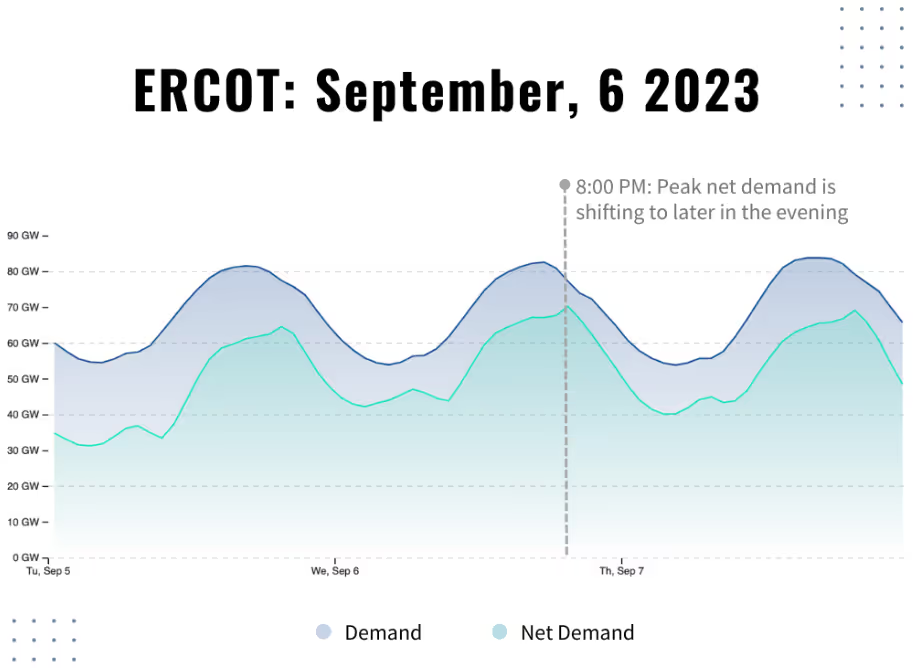It’s no secret utilities face several unprecedented challenges. In addition to decarbonization goals, they must incorporate a growing number of distributed energy resources (DERs) into distribution networks that are often encumbered by aging assets. Plus, consumer expectations are rising in step with the increasing electrification and digitalization of daily life.
All utilities must address these challenges while maintaining reliability and dealing with budget limitations. However, the nature of public power utilities adds unique complexities to the situation. They typically have greater constraints on financial and human resources and are more beholden to the communities they serve. As a result, public power utilities must carefully consider the grid modernization investments they make in the years ahead.
But the question remains the same: How can these organizations ensure a reliable power supply? Fortunately, technological advancements are enabling public power utilities to achieve a deeper understanding of grid operations. This includes the methods used for demand forecasting which has taken an evolutionary leap forward. Artificial intelligence (AI) and machine-learning (ML) algorithms are being used to produce more accurate forecasts that generate cost savings and reduce financial risks associated with the increasing volatility of weather and energy markets.
How does advanced demand forecasting work?
Historically, demand forecasting has been performed by human analysts using complex spreadsheets or SQL databases. They used regression and time series analysis to predict future energy demand and complemented it with time-consuming, manual analysis of customer usage and broad-scale weather patterns. In some rural coop territories with highly stable load, this approach may still be feasible. But technology is changing demand patterns in most parts of the country. Plus, things like weather volatility, electric heating, solar power, and EVs are making market conditions more difficult to predict.
Advanced demand forecasting systems use the nearly limitless capacity of cloud computing to gather and process exponentially more data than conventional forecasting methods can handle. Energy consumption data comes from SCADA systems, as well as thousands, or even millions, of meters, and powerful AI algorithms analyze the data to identify consumption patterns at and between the meter, portfolio, and market levels. ML algorithms use the patterns to continually tune predictive models for short-, medium- and long-term demand forecasts in real time with weather updates. Weather inputs to the forecasting system can be dialed into hyper-local geographic areas with data points blanketing urban service areas at a density of one per square kilometer (km2), and rural territories at one per 10 km2.
How can growing coops and munis use the data analysis from demand forecasting?
Mitigating the financial risks associated with inaccurate forecasts is the primary advantage of adopting advanced demand forecasting. By anticipating your growth over the next three to five years you are able to long-term financially plan and start the formulation of construction and capital improvement initiatives.
In addition, advanced demand forecasting has helped municipal utilities in the U.S. add nearly 2 million new customers from the previous reporting year, according to the American Public Power Association’s (APPA) 2023 statistical report, and coops added roughly half a million customers.
By adding an analytical layer for historical meter counts, demand forecasting models can provide clients with short-, medium-, and long-term forecasts based not only on changing patterns of weather and customer behavior, but also on projected growth of the customer base. A municipal utility can then have a timeline for the addition of the next 1,000 meters, for example, and understand how its load position will be affected and how it should be hedged.
Similarly, a rural coop that needs to supply power for a new manufacturing facility or agricultural operation can use demand forecasting analytics to understand and prepare for the increased loads. Customized models can help clients understand the hourly load shape of C&I customers, based on shift and equipment schedules. The results can then be layered on top of the utility’s overall view for planning and risk management.
Demand analytics will also prove valuable in taking advantage of newly available federal incentives for renewable power. As nonprofit entities, public power utilities were unable to take advantage of clean energy tax incentives in the past. But following the passage of the IRA in 2022, coops, munis, and CCAS now have an incentive structure for investing in solar, wind, and energy storage projects. The IRA also includes major funding for U.S. Department of Agriculture (USDA) Rural Development grants and loans aimed at electrification and clean energy production. Accurate demand forecasts and validated reporting will be necessary to successfully plan and complete these exciting new projects.
How can public power easily add advanced forecasting to their processes?
Amperon is the competitive difference for top-tier customers among utilities, coops, munis, retail electricity providers, and traders. Our award-winning ML models provide demand and supply analytics for every hour of every day. Our 15-day forecasts run hourly to help with short-term position management and 5-year forecasts run weekly to help with operational planning. Amperon’s forecasts over the summer were roughly 1.5 times more accurate than those produced by ERCOT and 2 times more accurate than ISO New England (summer 2023 comparison).
Amperon’s predictive models incorporate weather data that is an order of magnitude higher than the closest competitors. In addition, Amperon has a world-class meteorologist on staff who works continually to give insights into weather forecasts and advise clients on emerging risks.
Amperon also has one of the quickest and easiest ramp-ups. Once you send over your ISO certificates and/or raw EDI data, Amperon can have you onboarded in days. This makes it easy for small teams as there’s very little configuration on your end.
The work of Amperon’s weather team combined with its AI engineers and data-scientists produces a powerful and simple-to-use demand forecasting platform. To learn more about the benefits of Amperon’s demand forecasting service contact us.



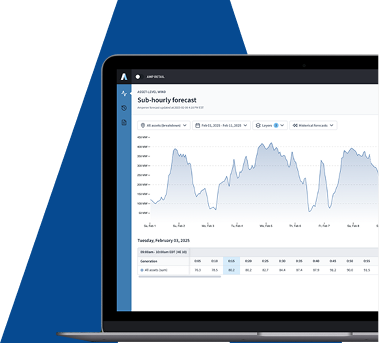
.svg)




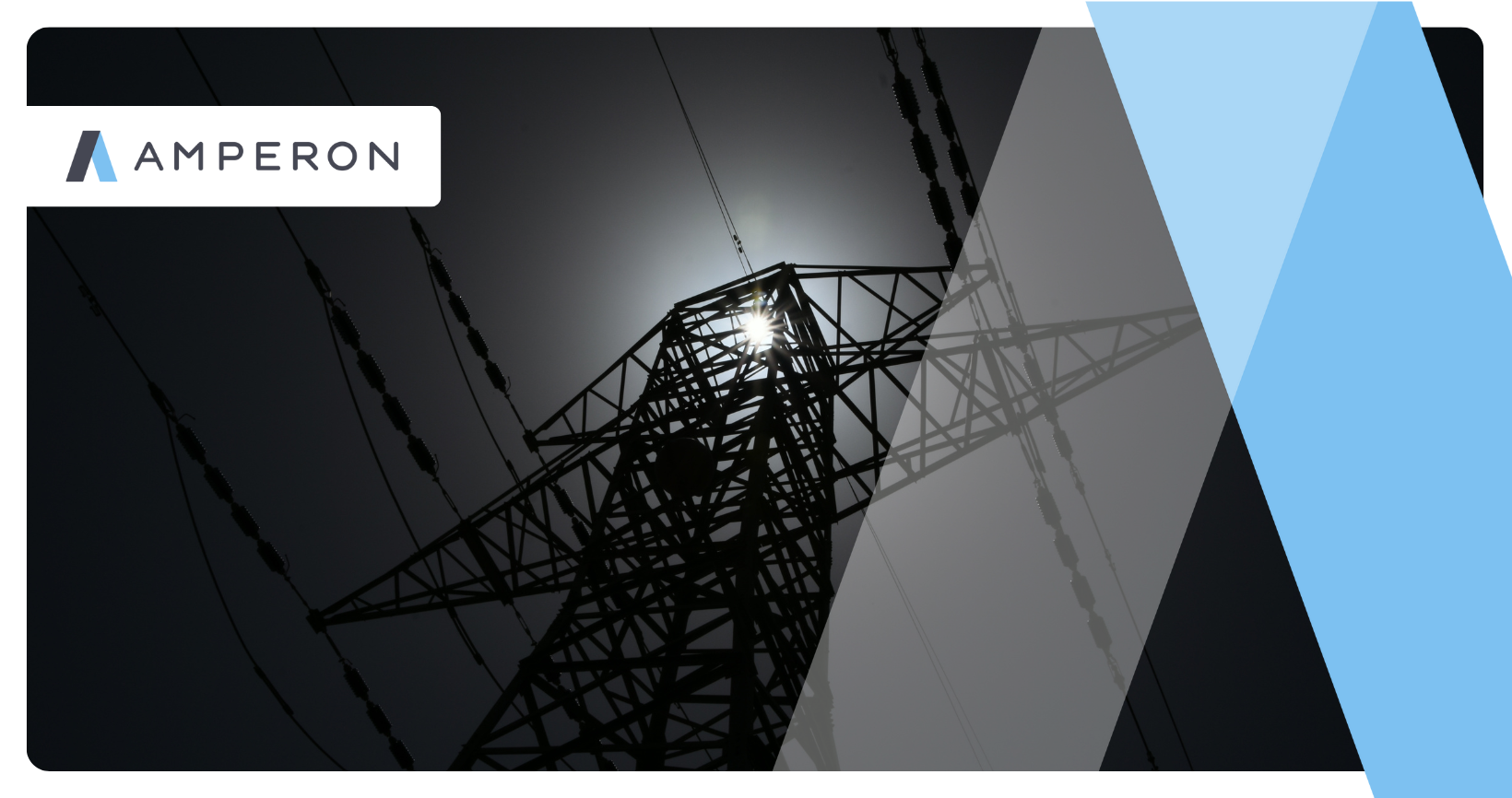

%20(3).png)
%20(2).png)
%20(1).png)
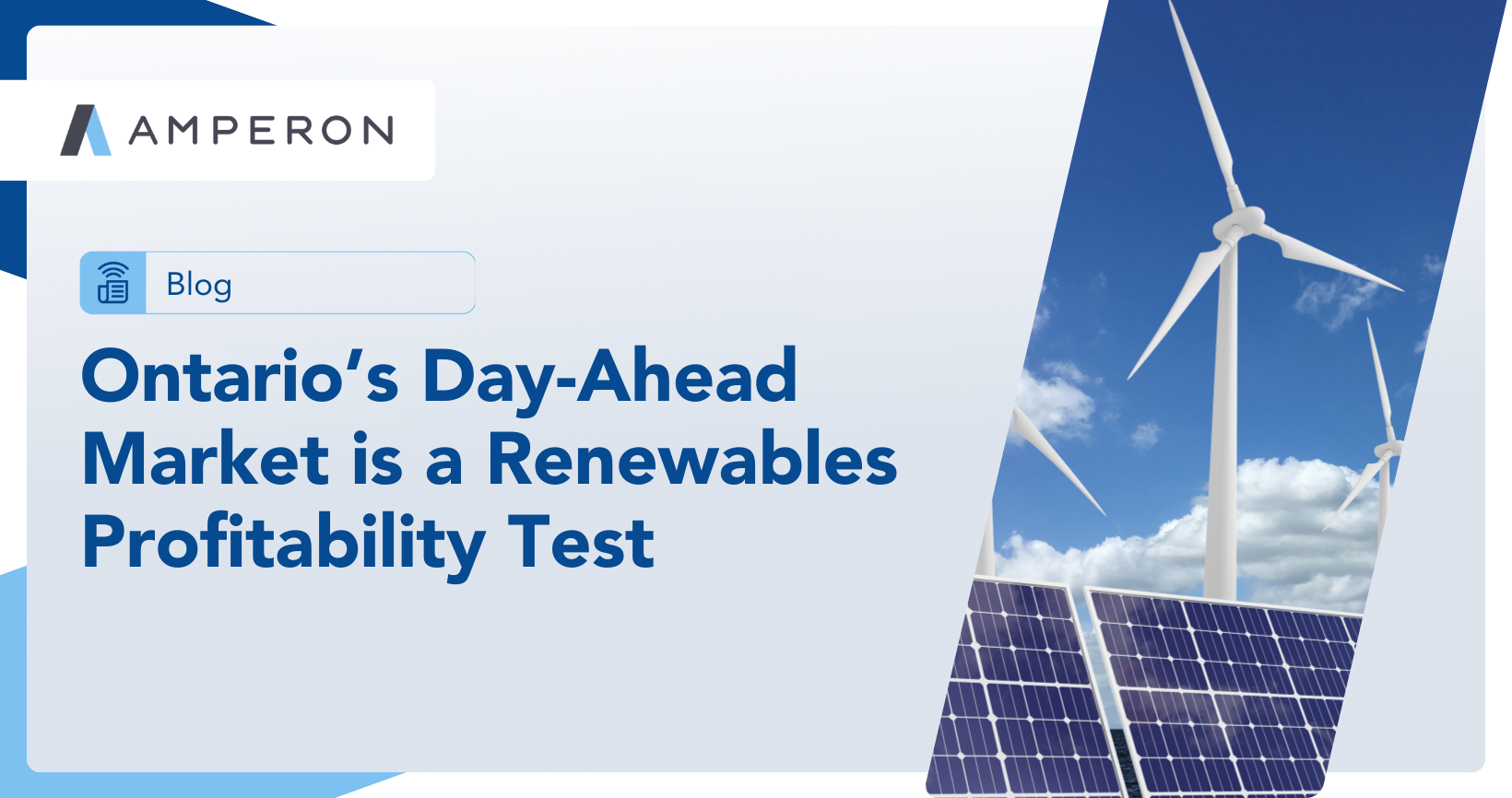
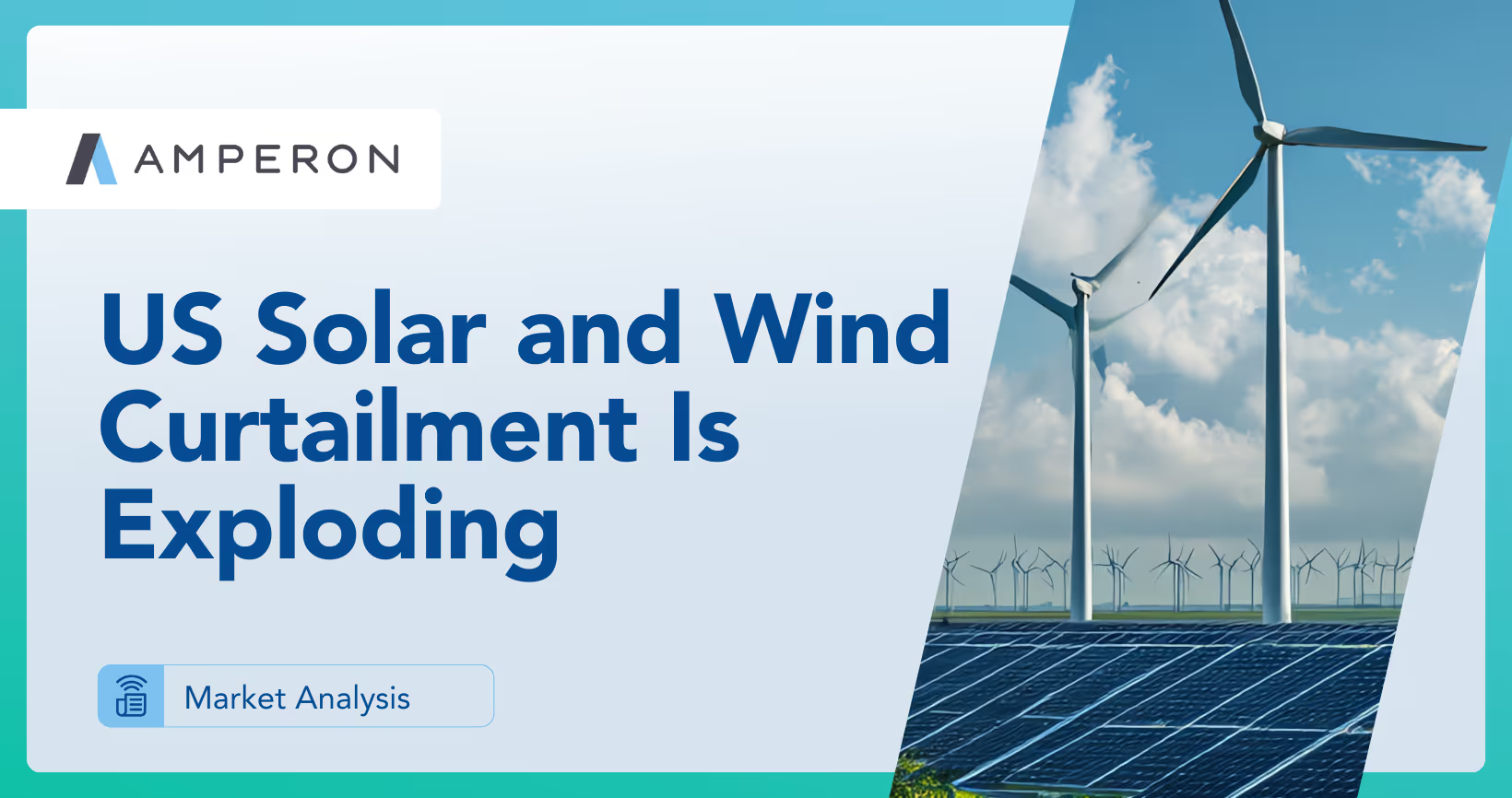

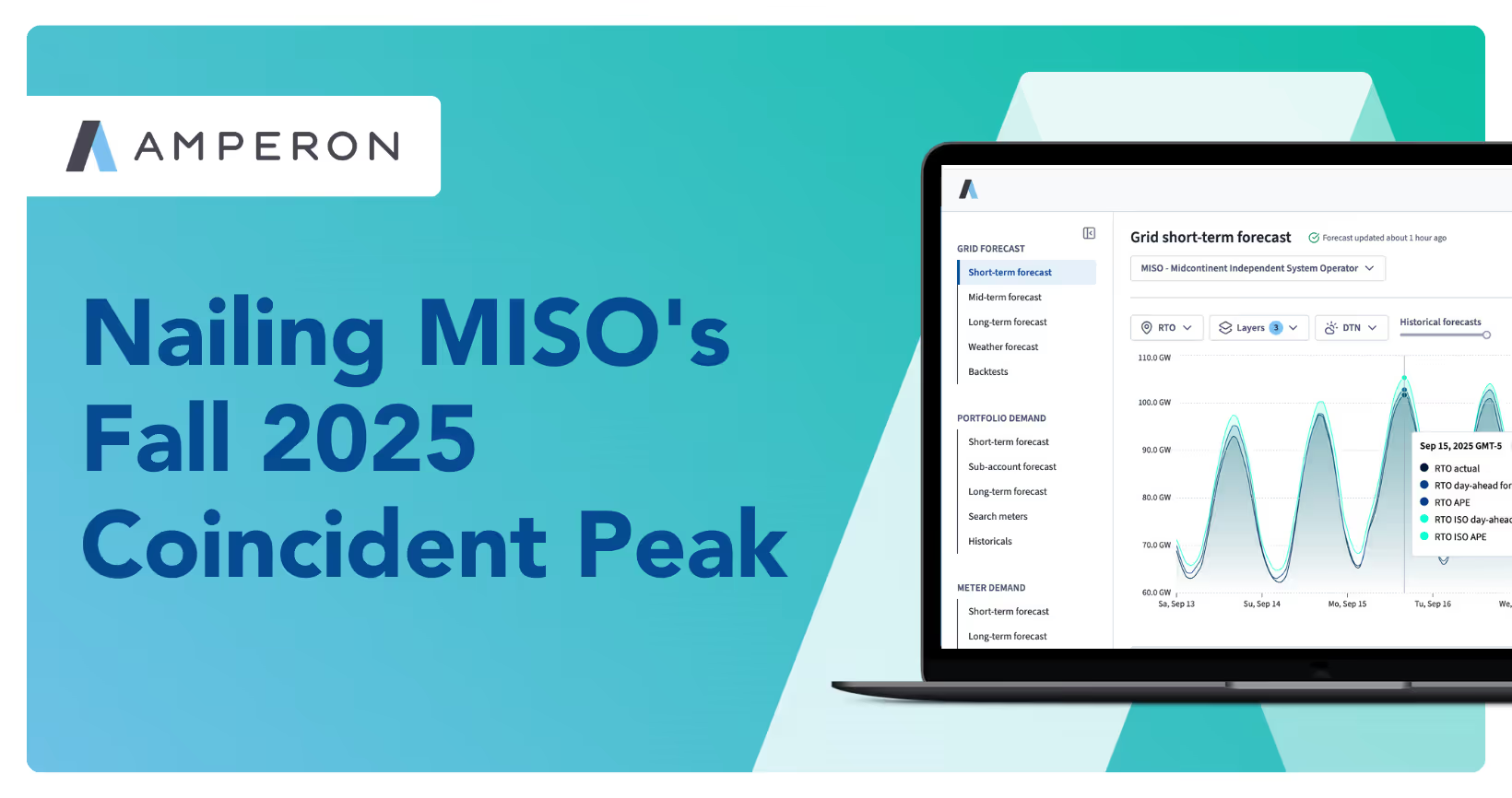



.png)

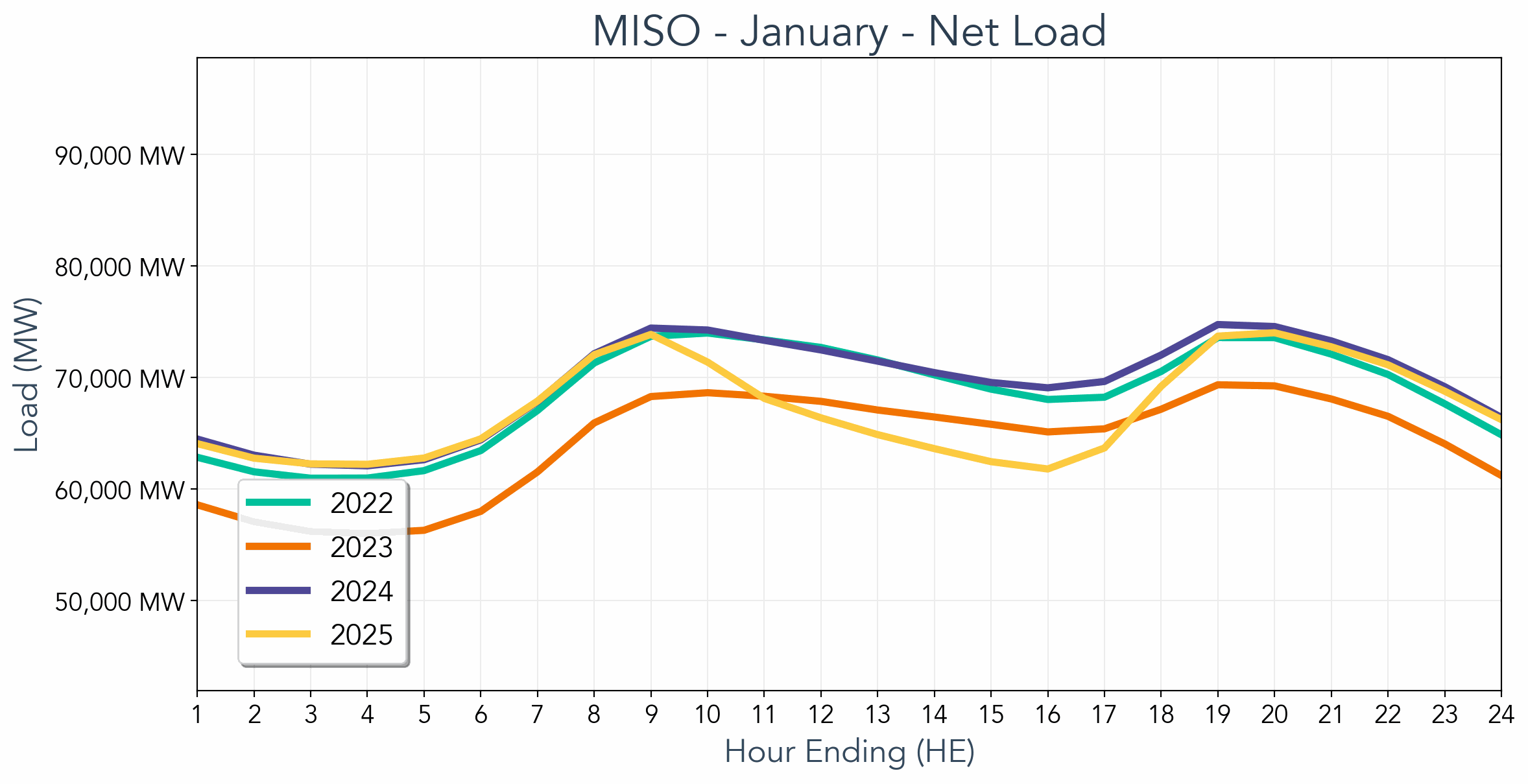

.avif)



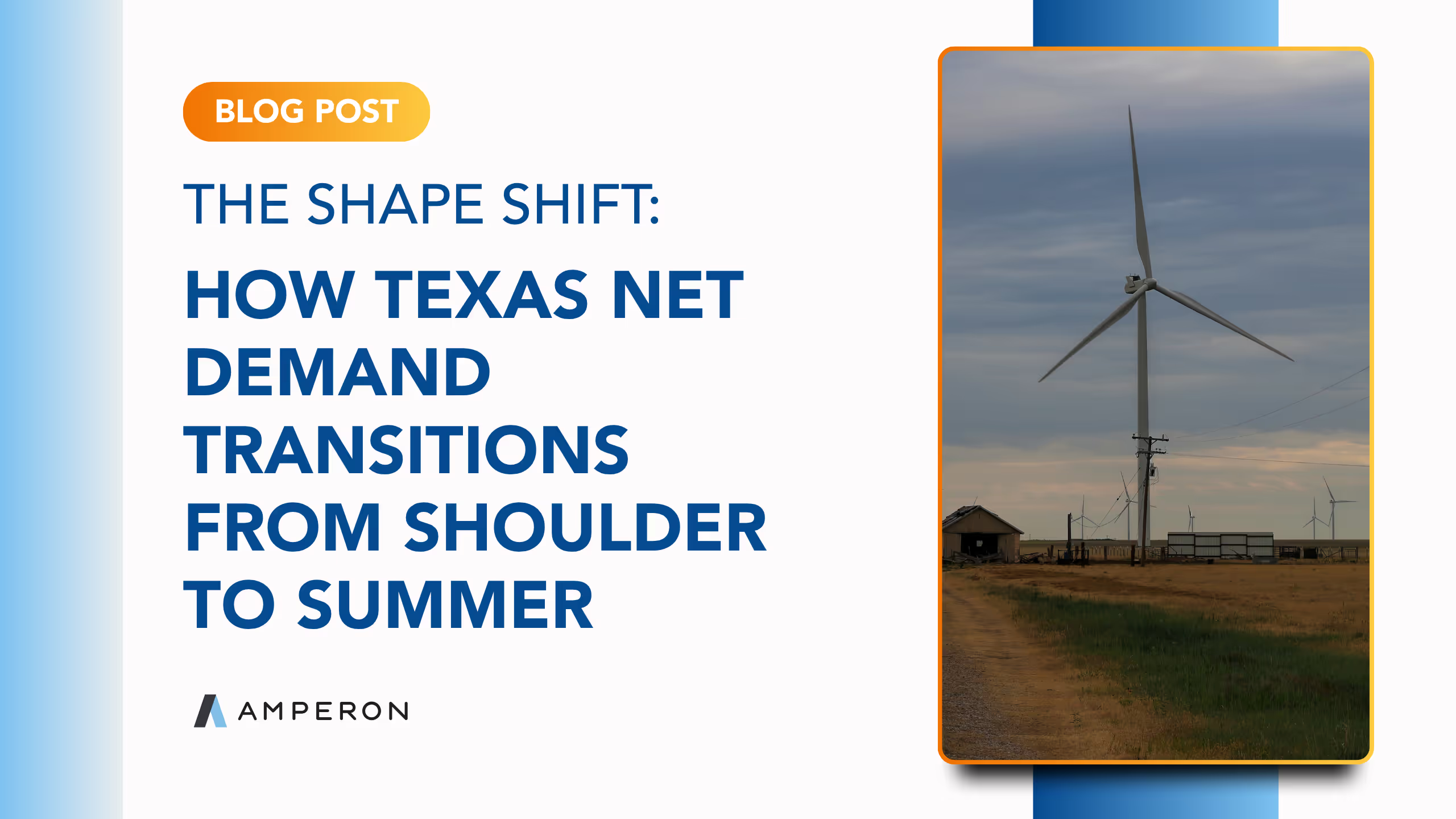
.avif)
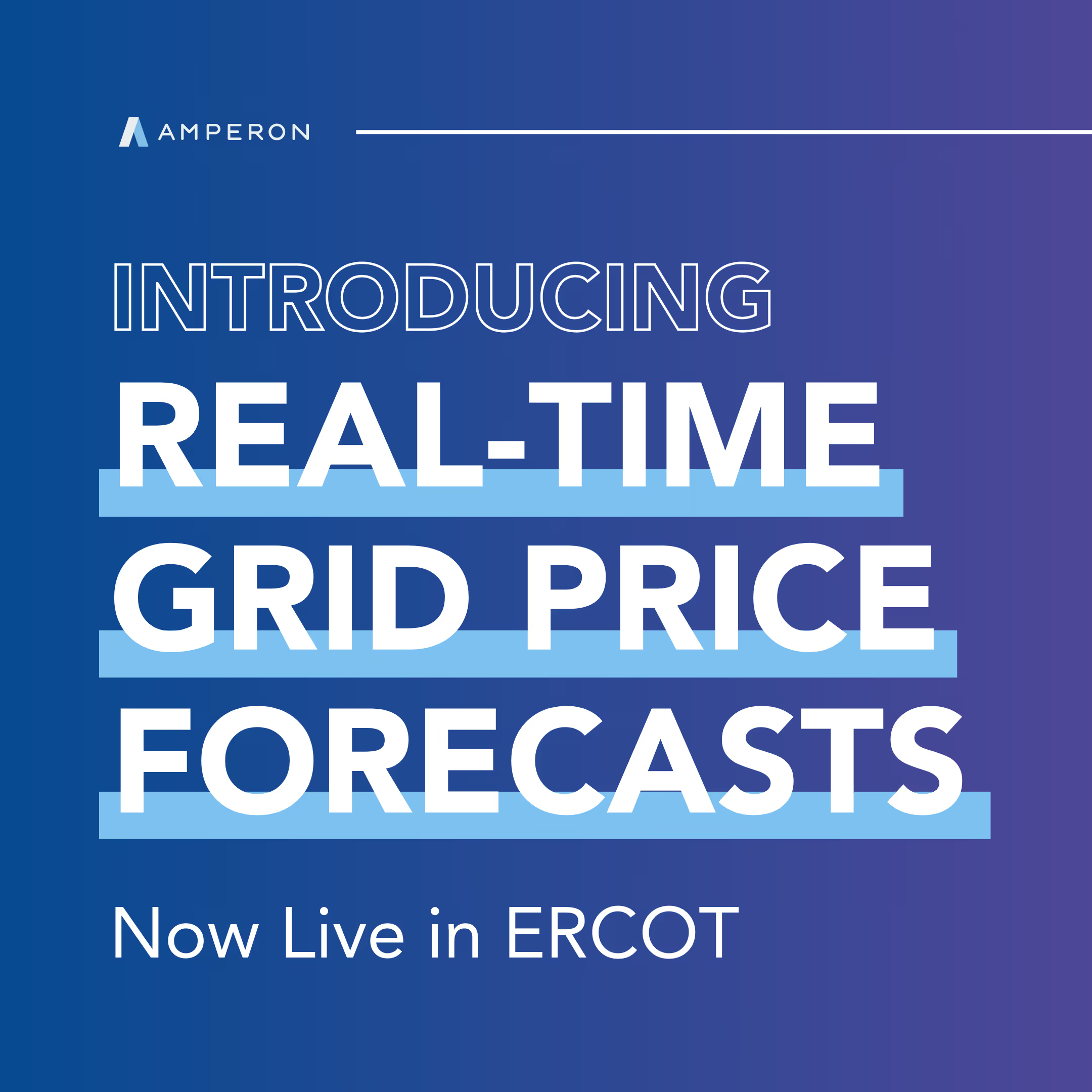
.avif)
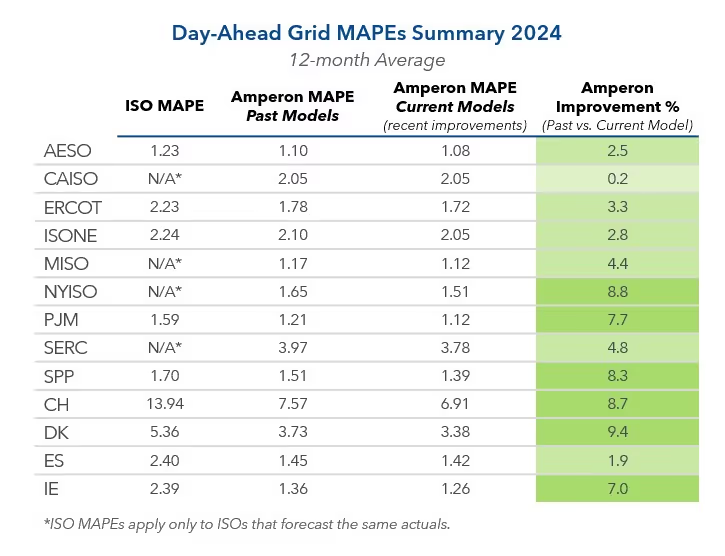

.avif)
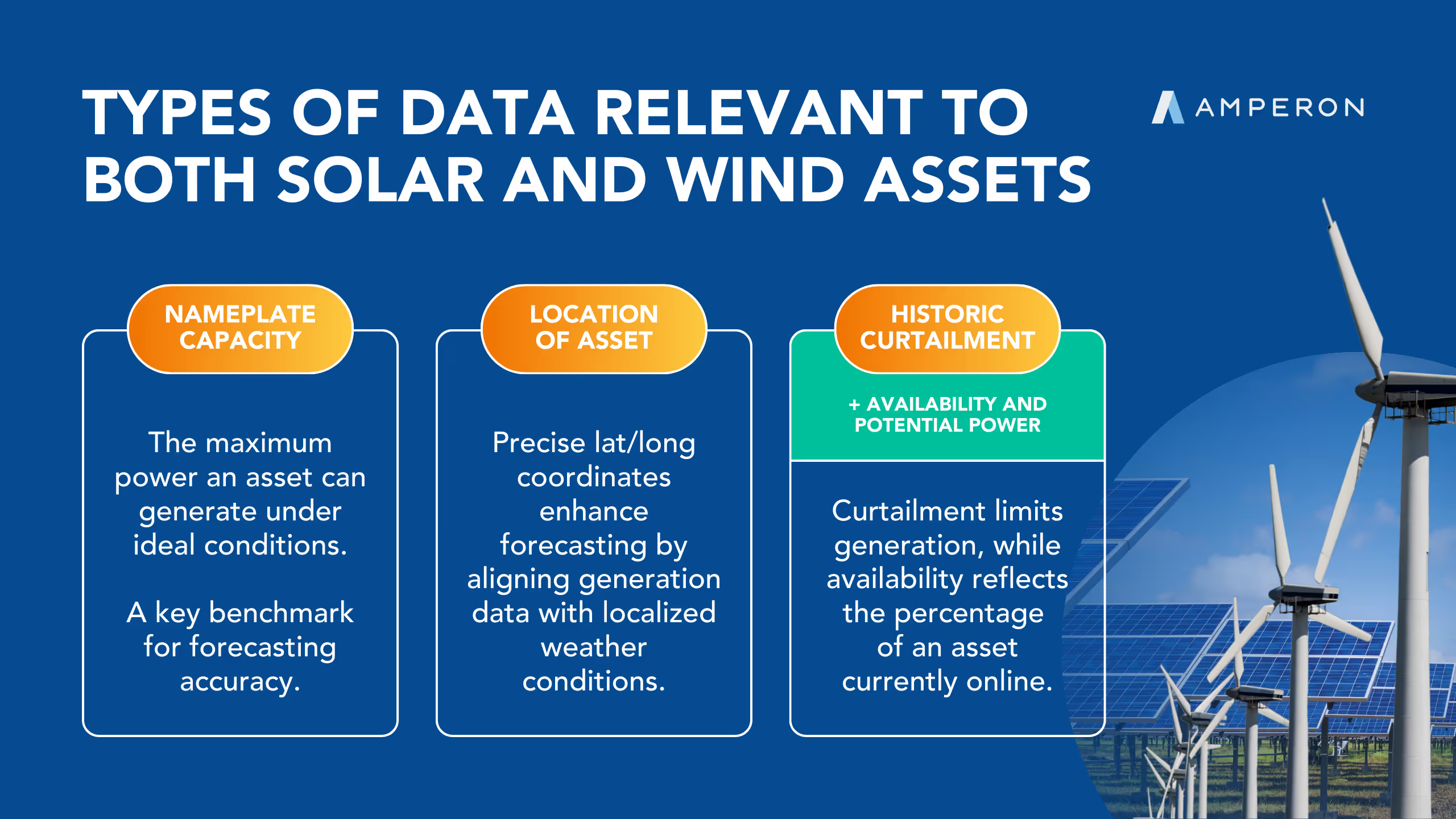
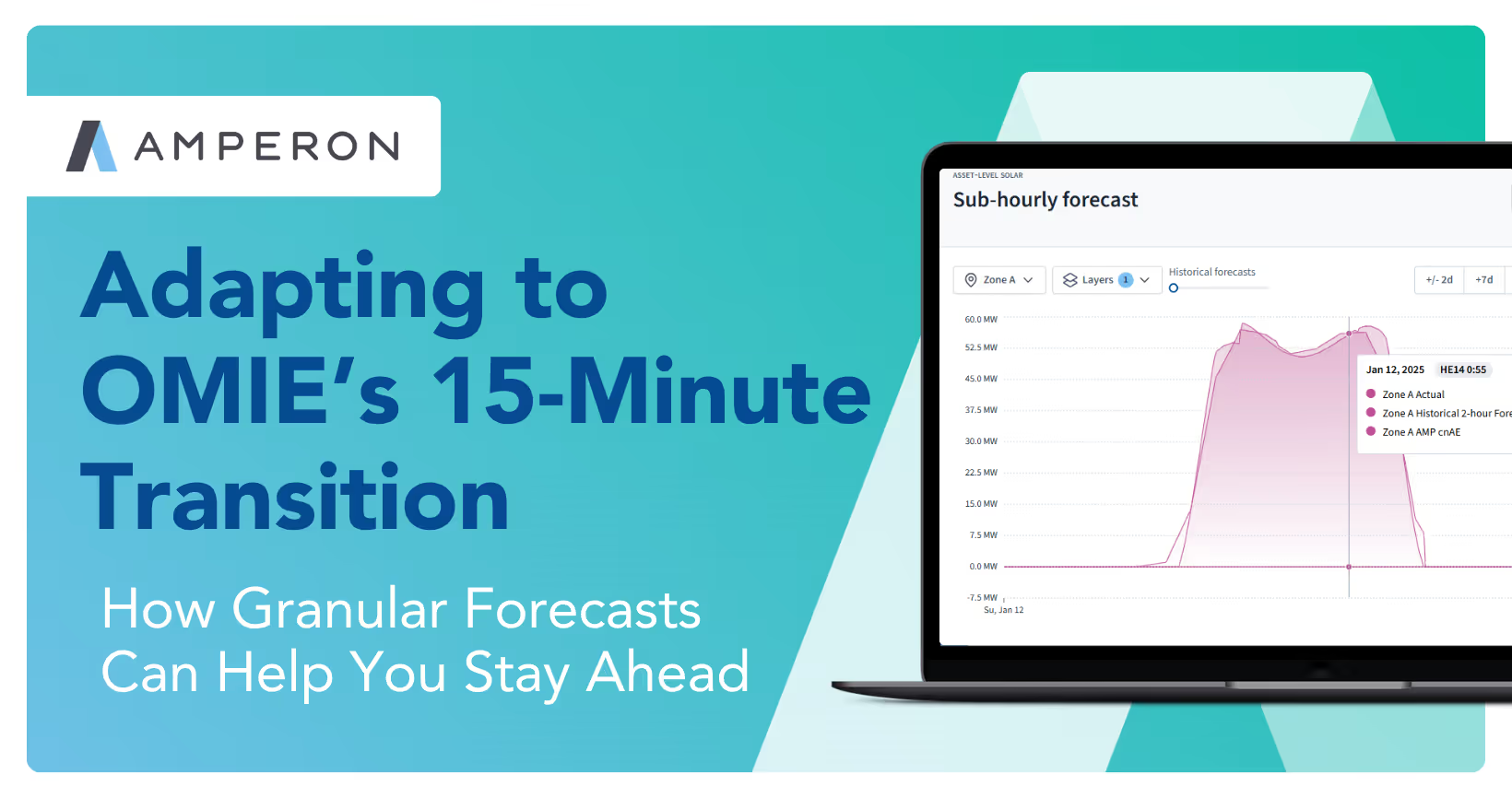
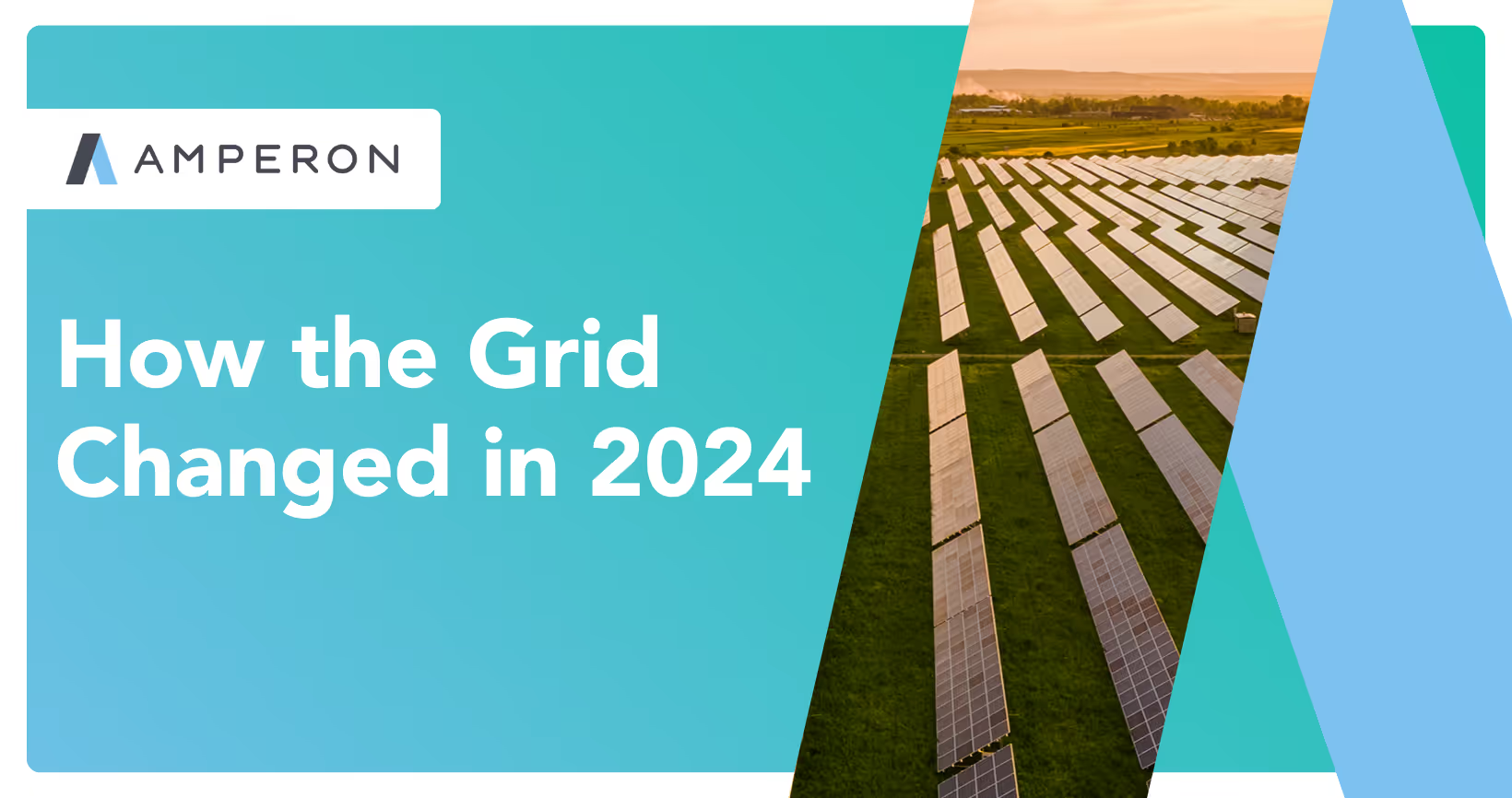
.avif)
%20(15).avif)
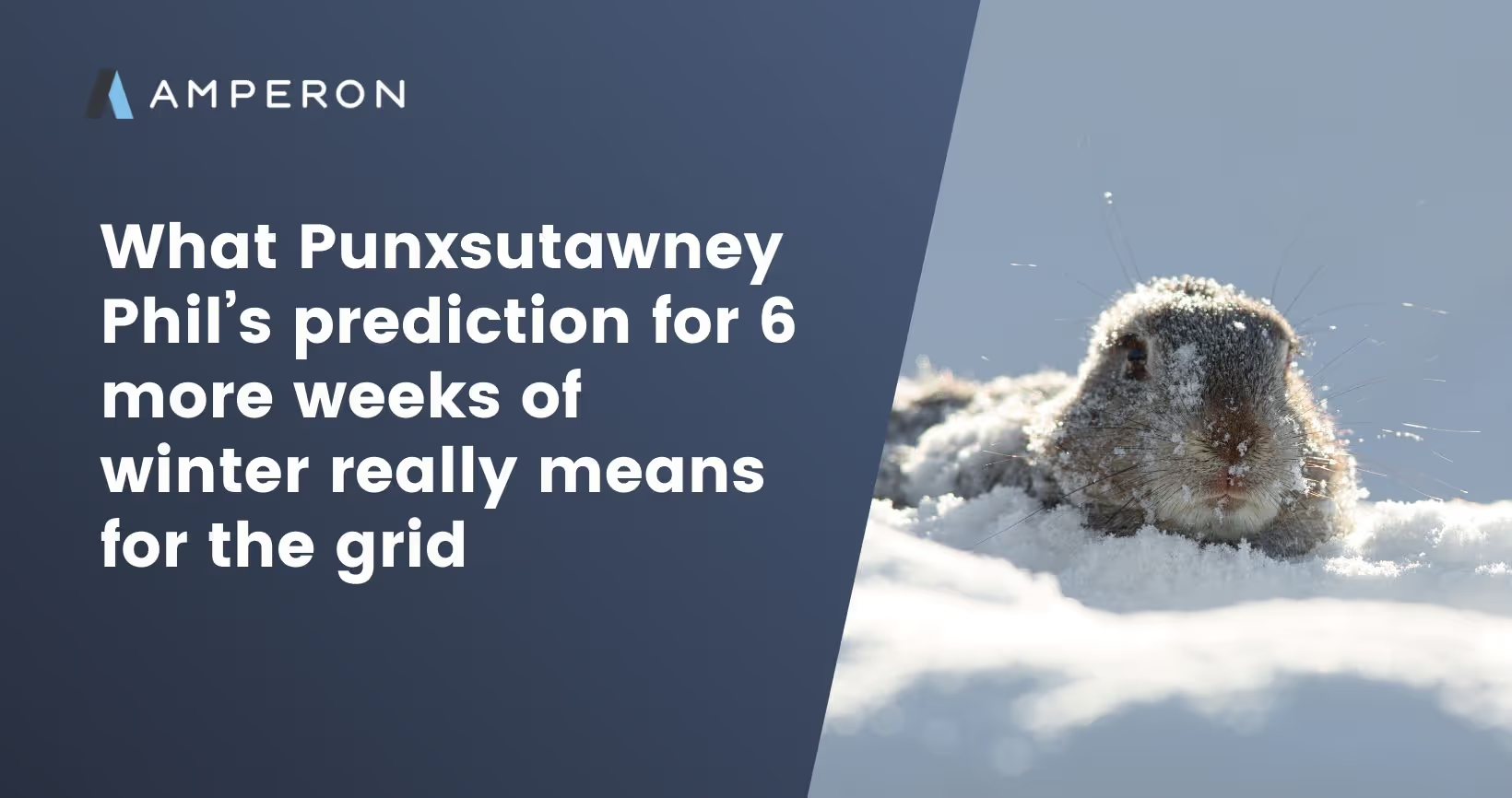
.avif)
%20(10).avif)

.avif)
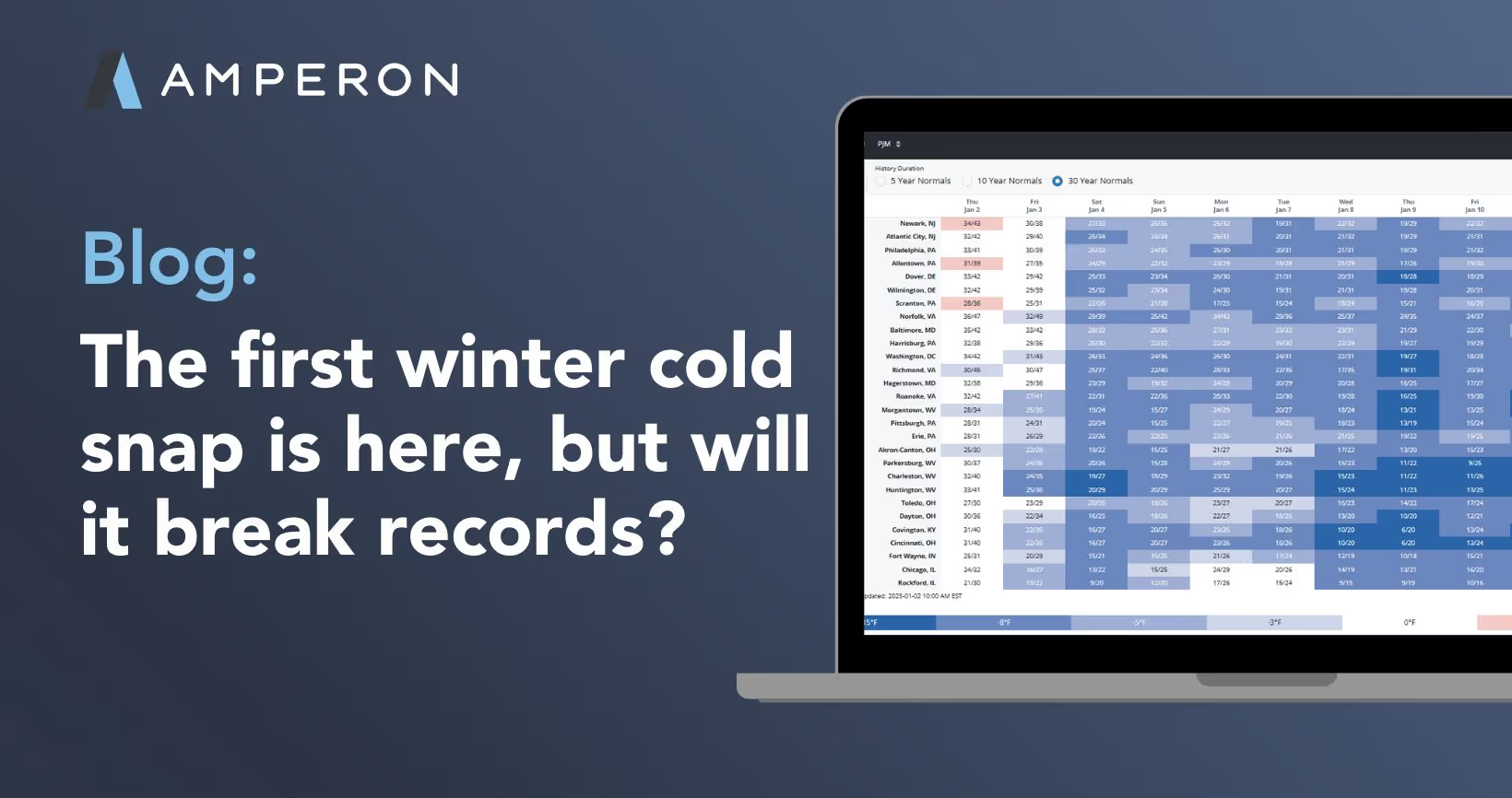

.avif)
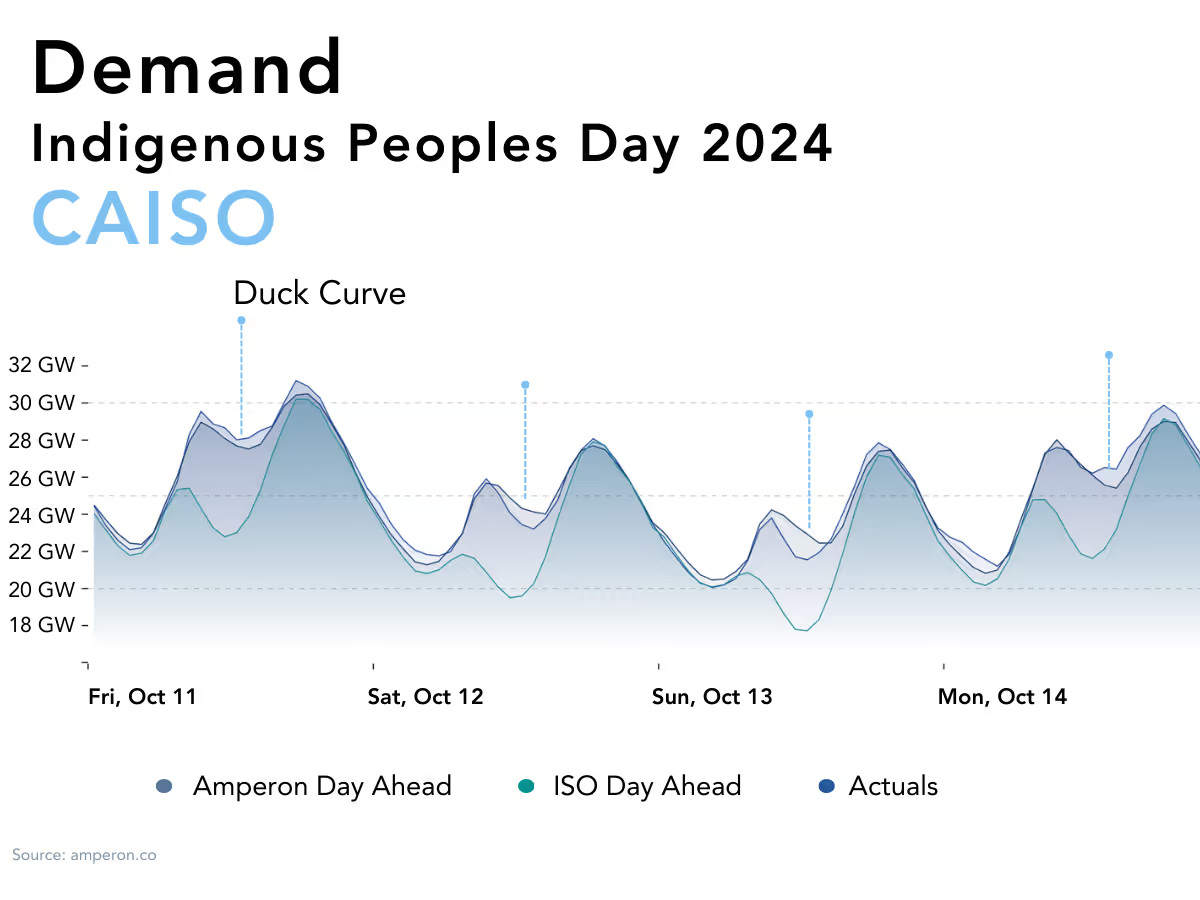
.avif)
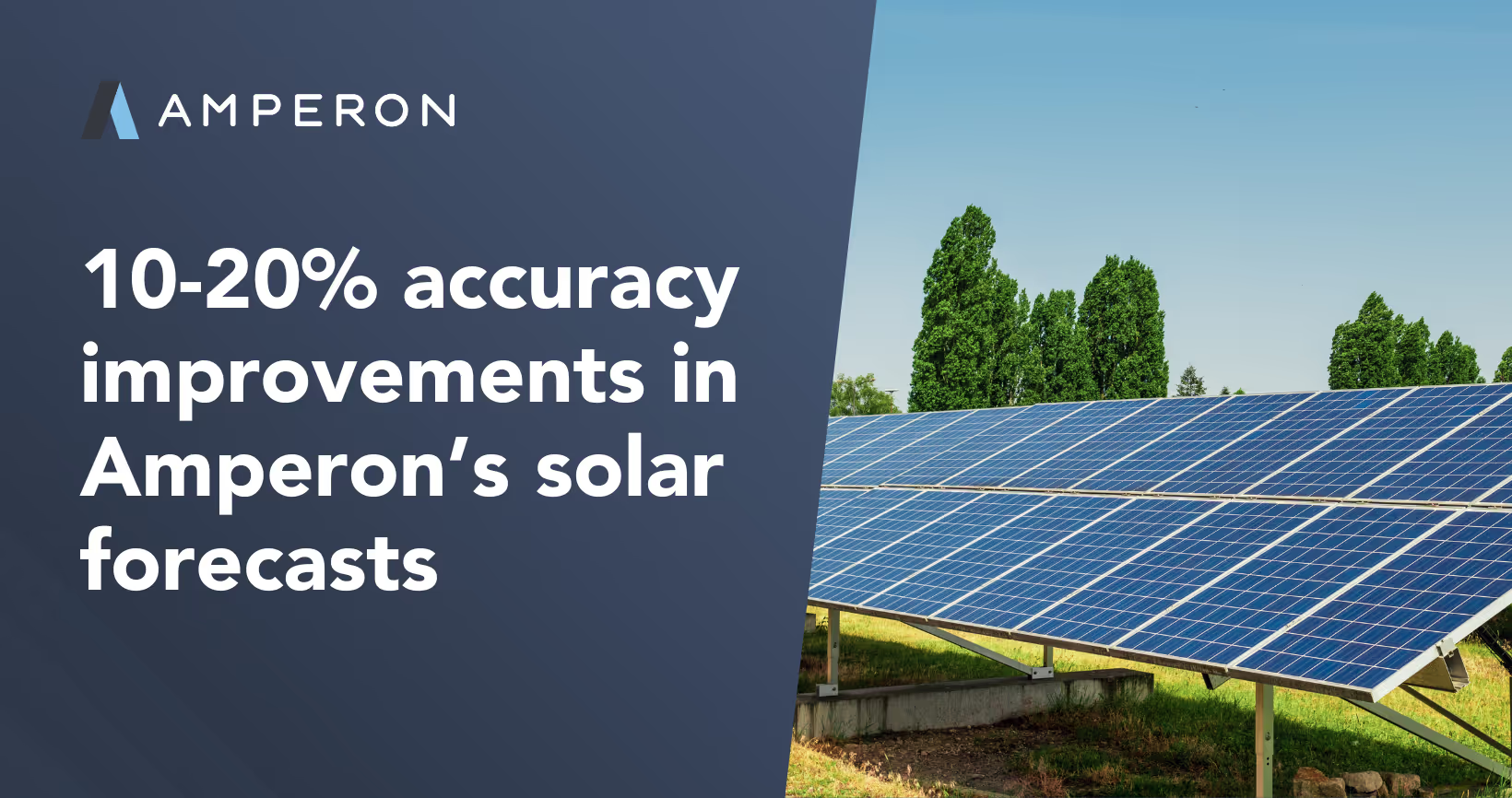


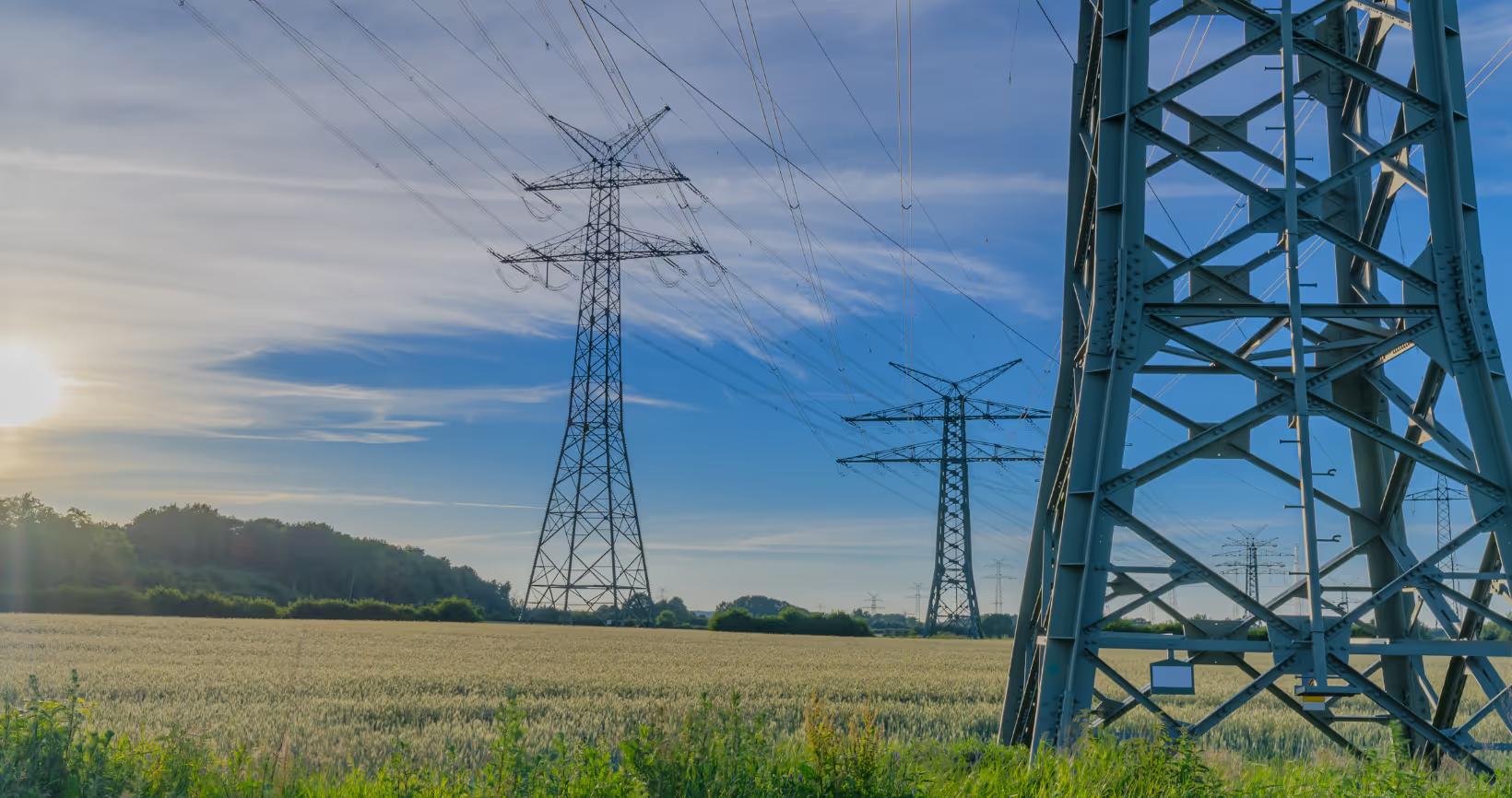

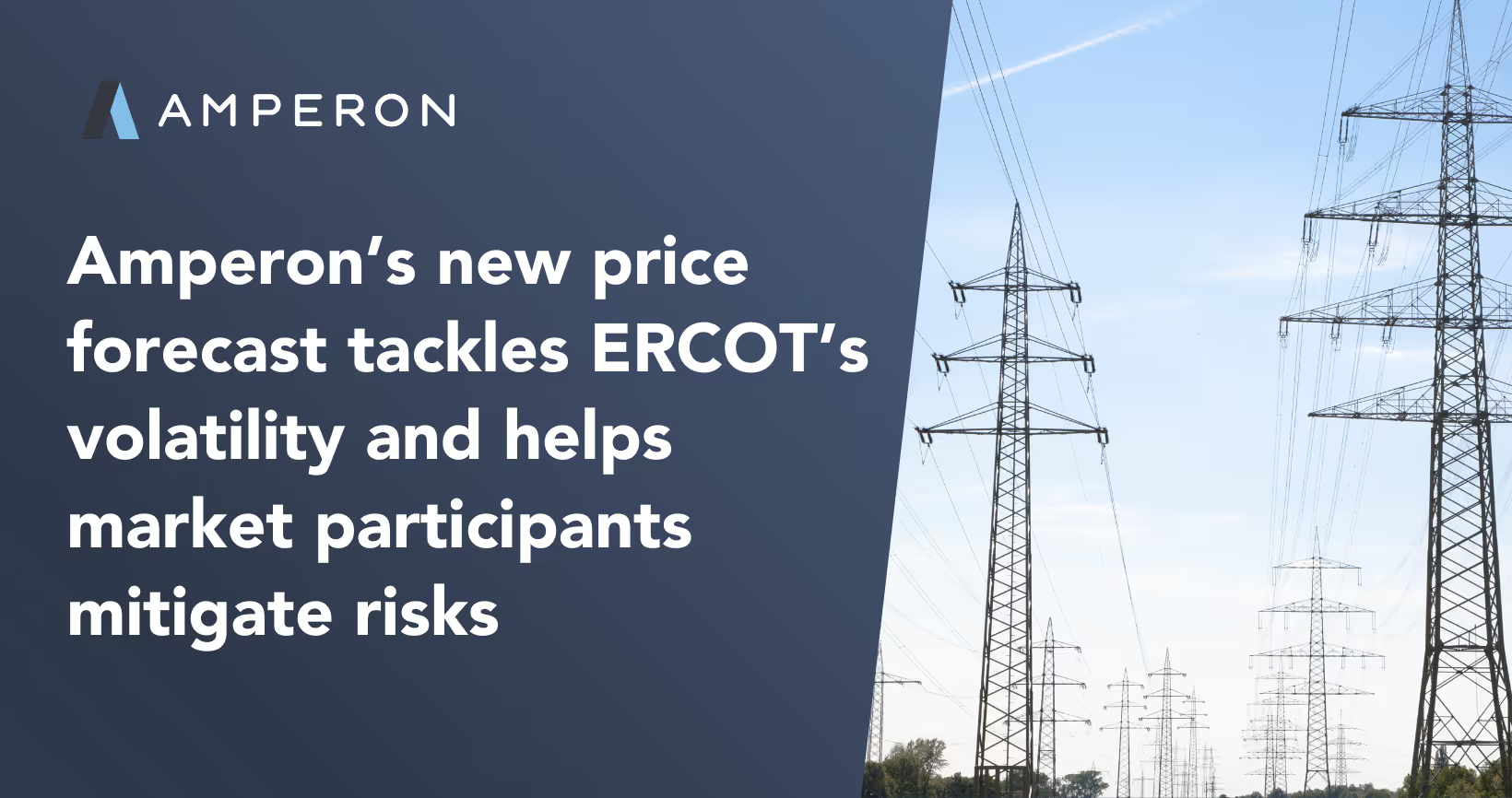
.avif)



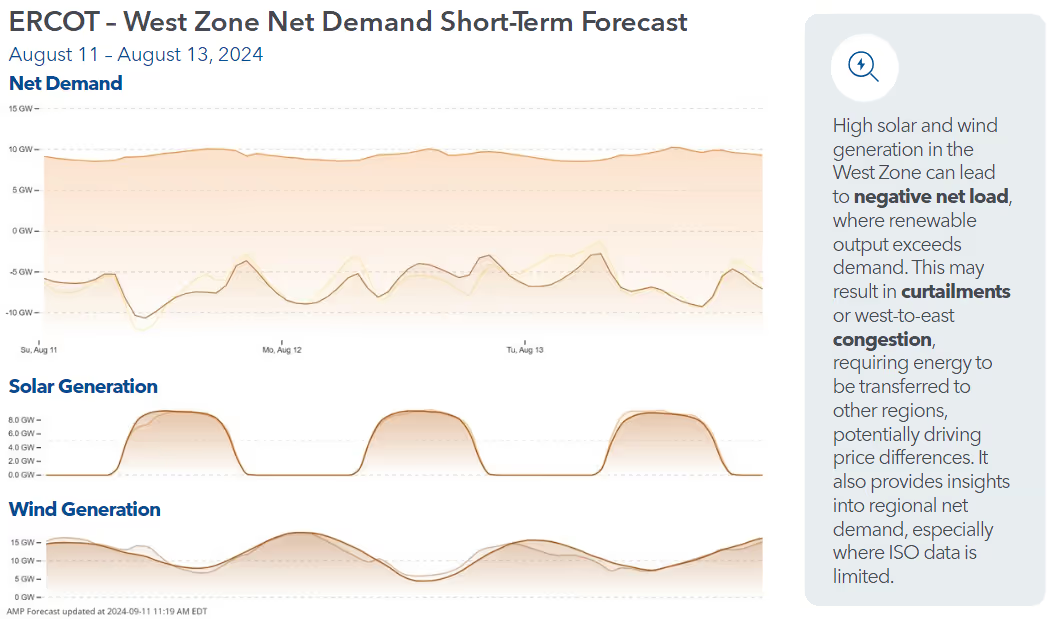



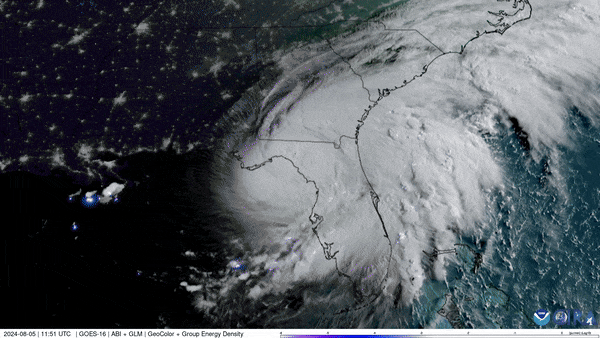

.avif)

.avif)




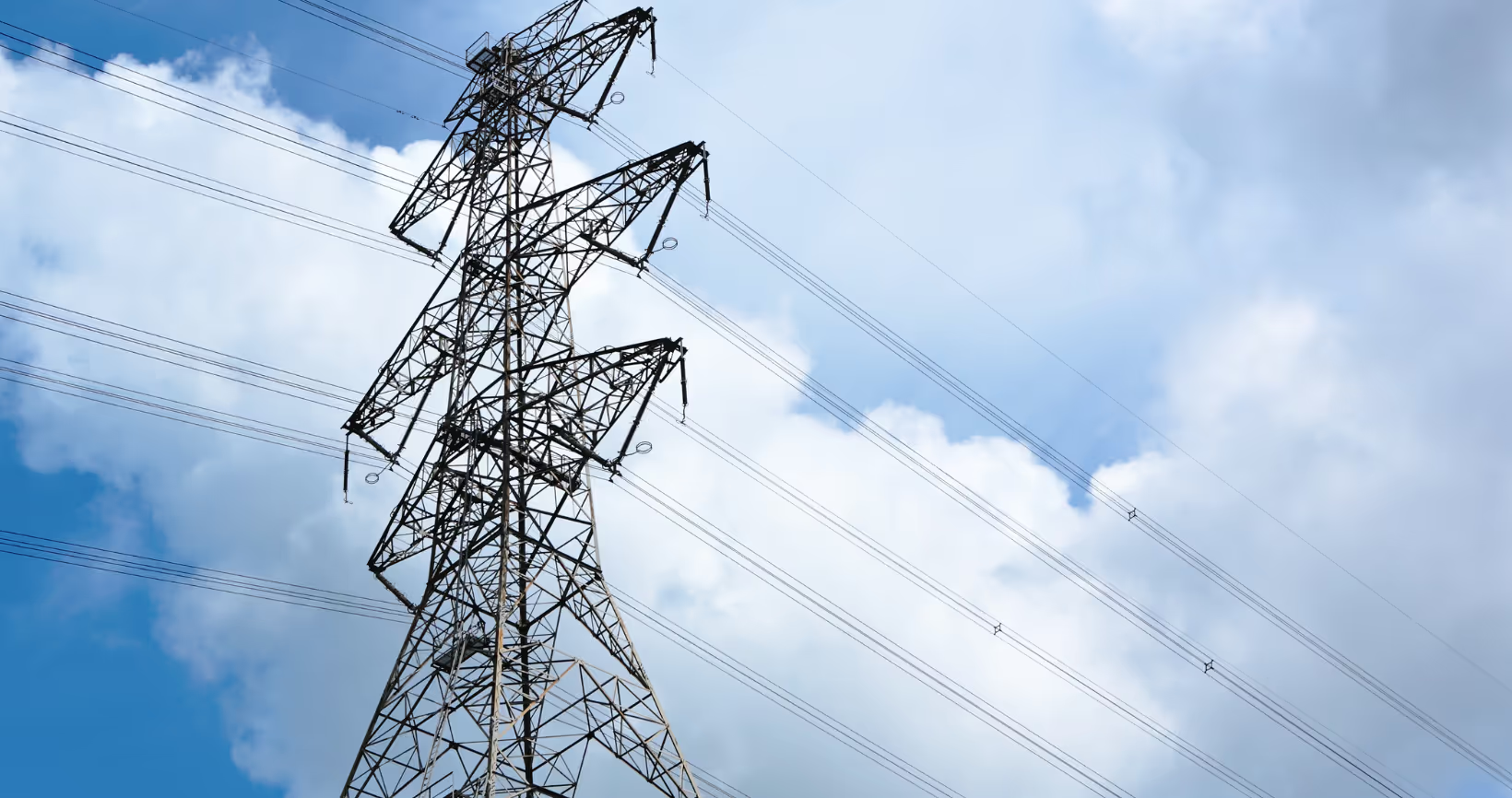
.avif)

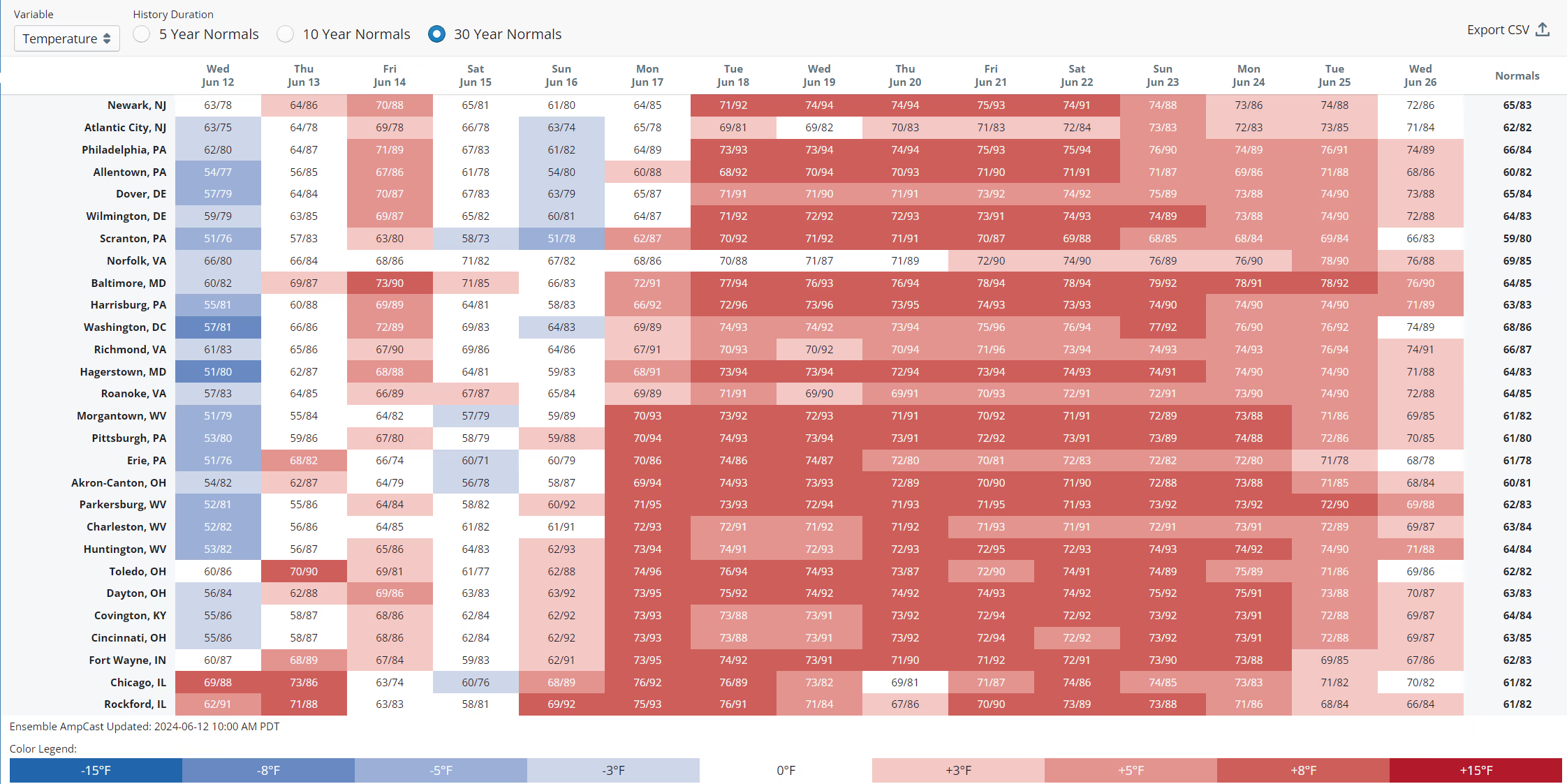
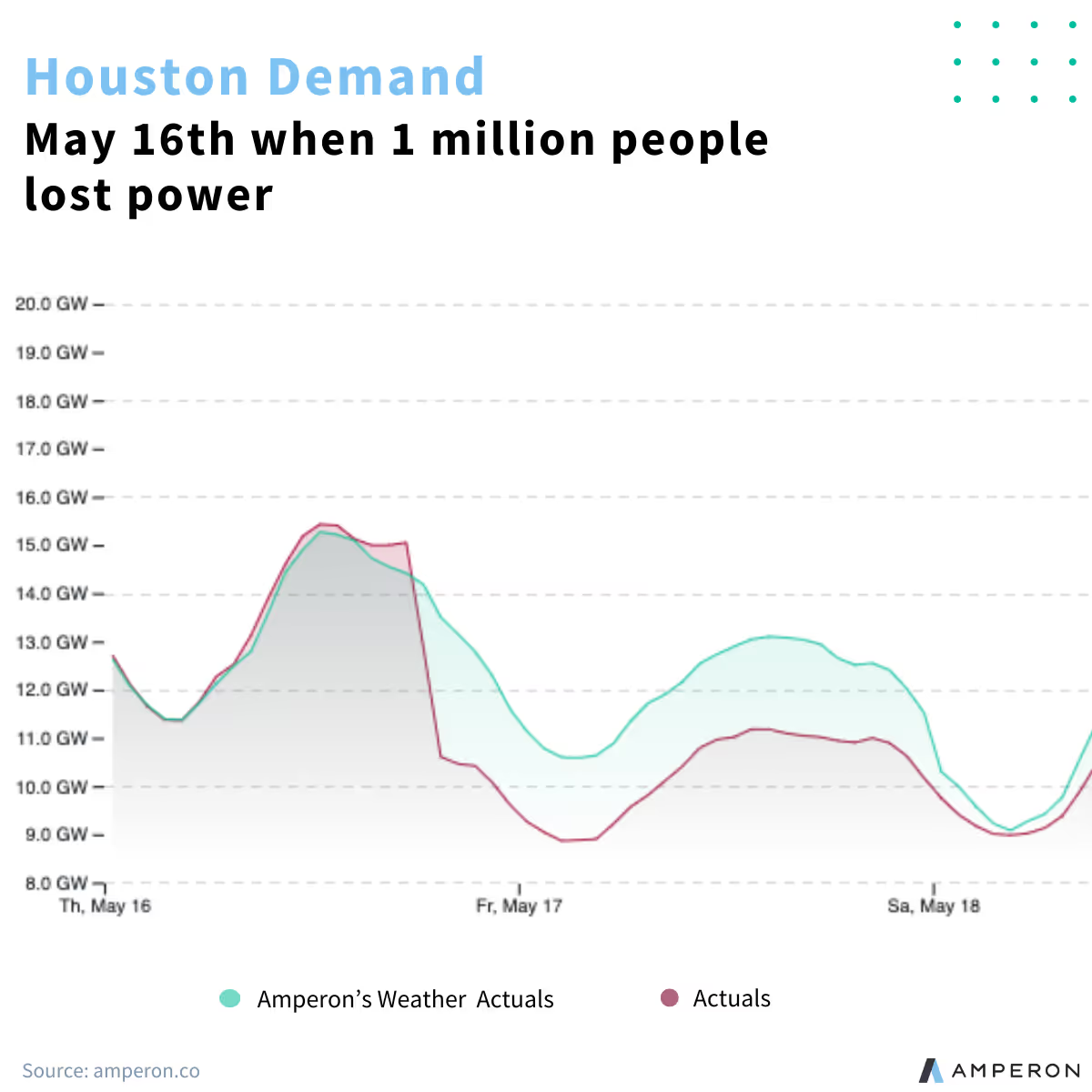
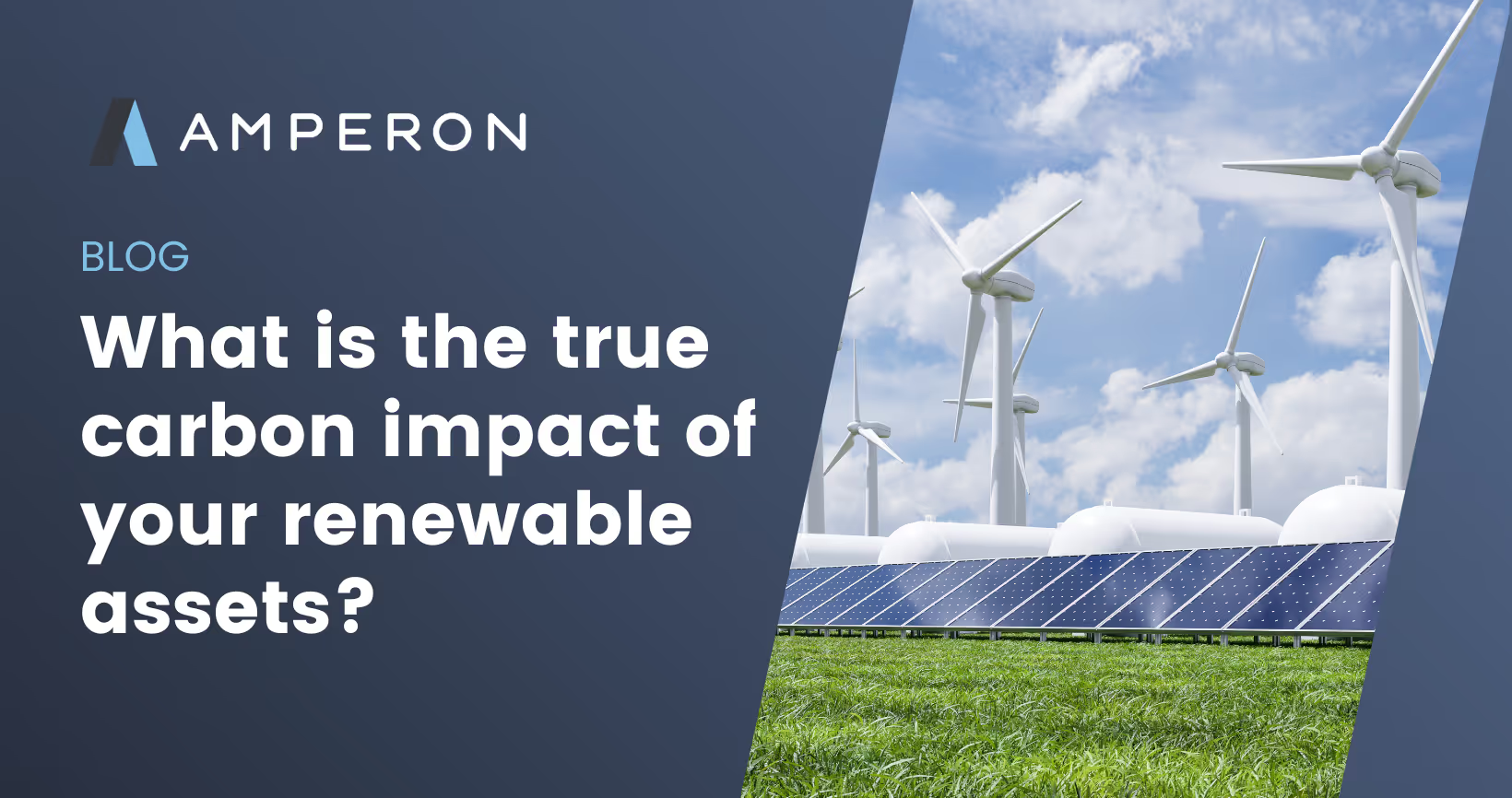

.avif)
.avif)



.avif)

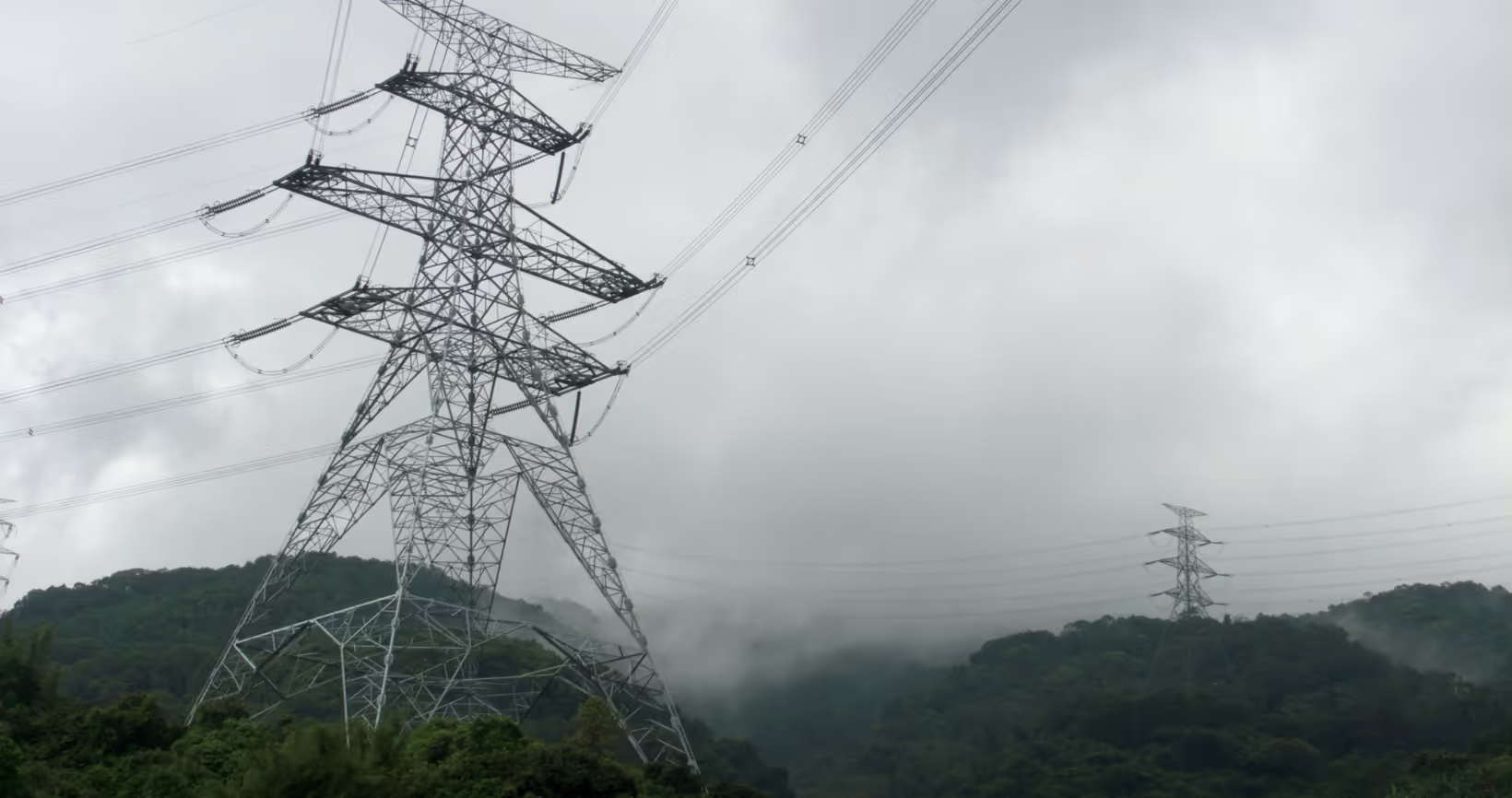


.avif)


